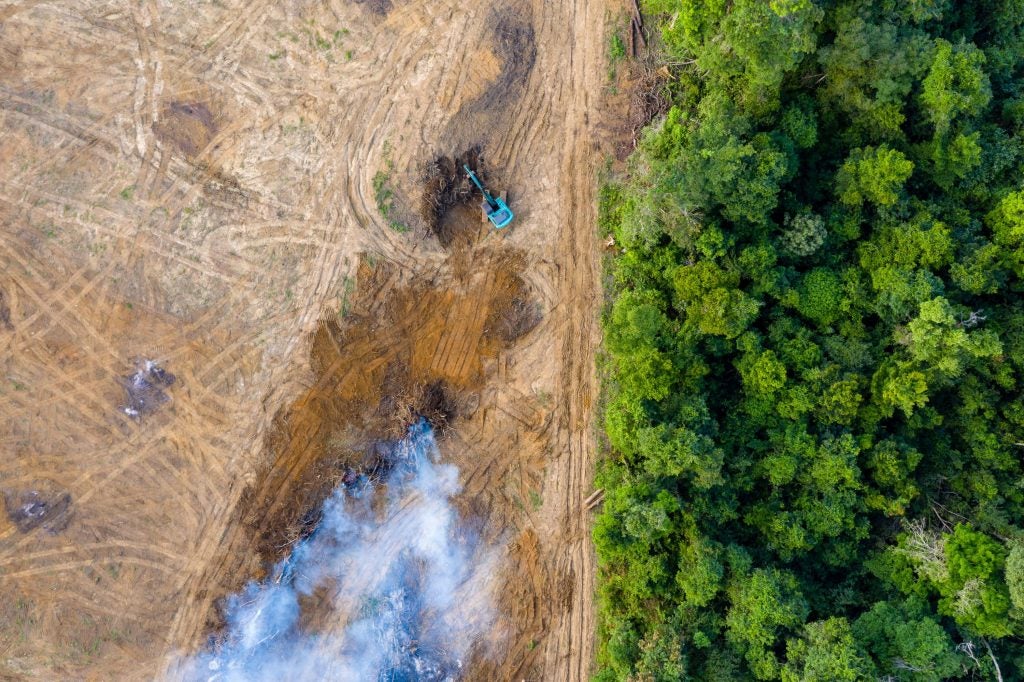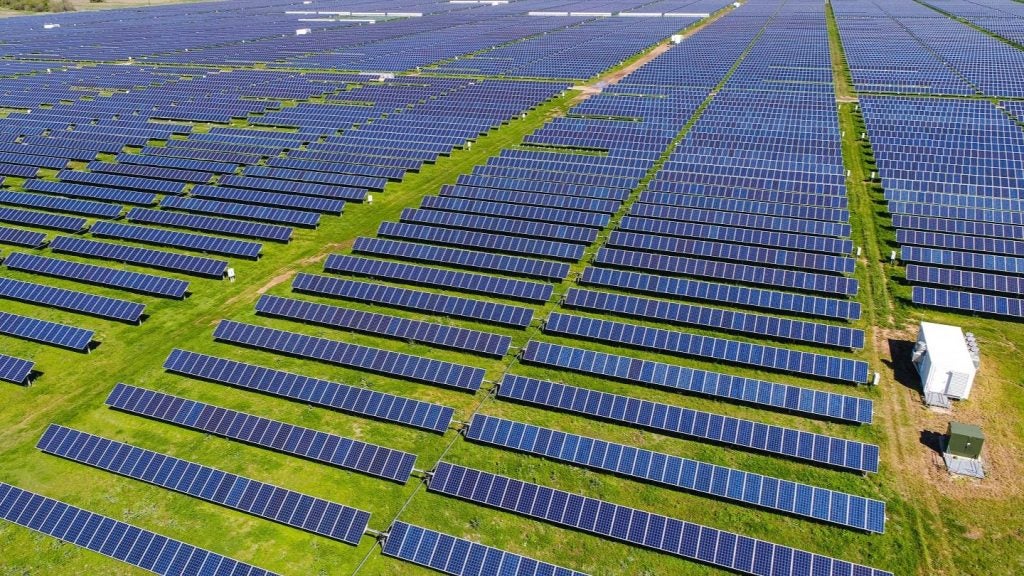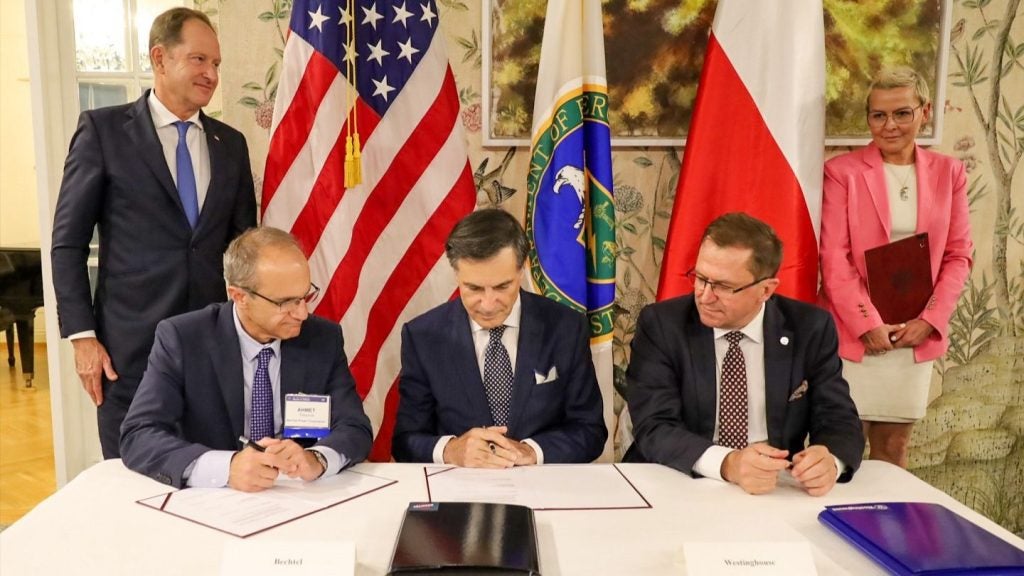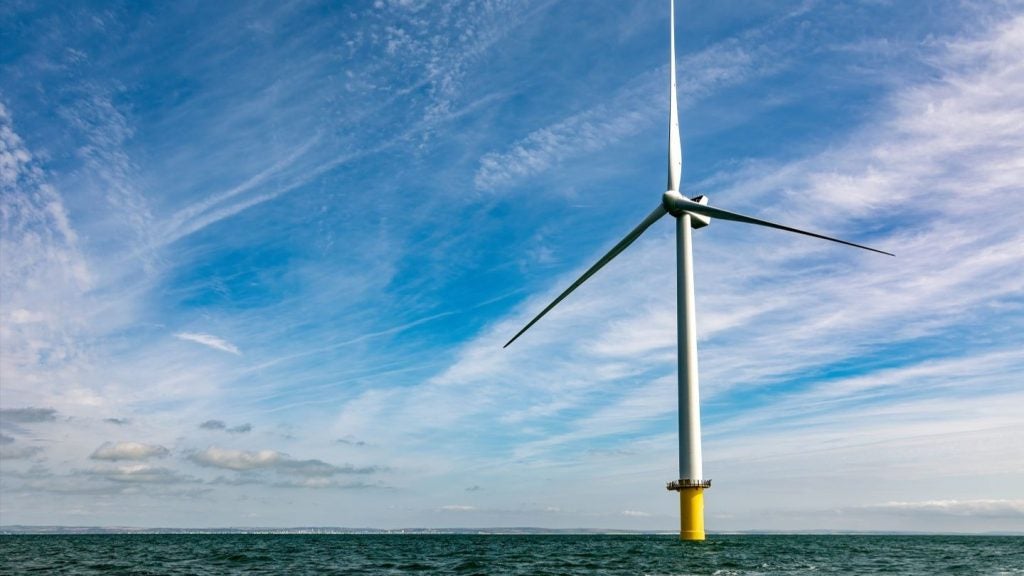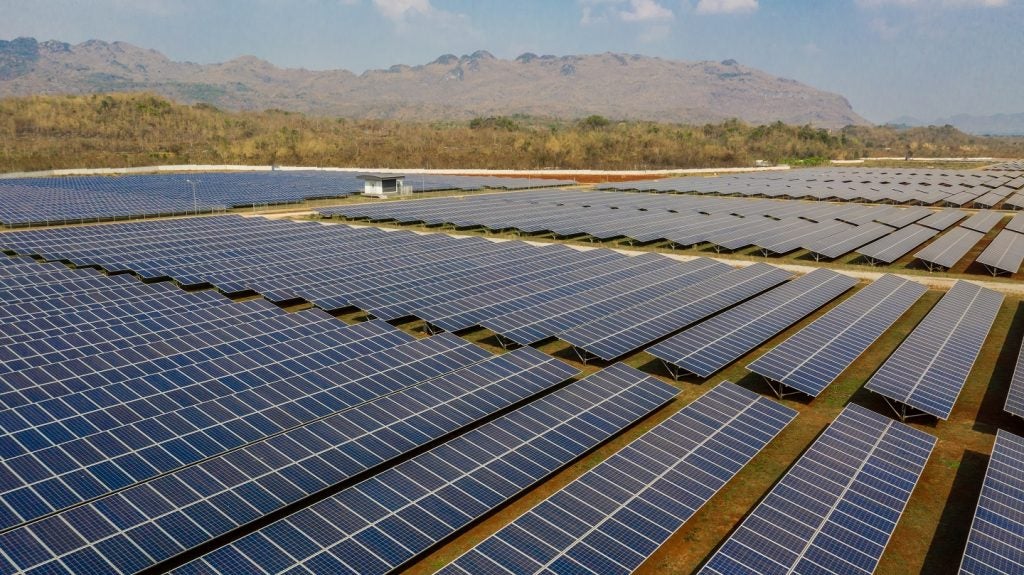The “vast majority” of environmental projects most commonly used within the voluntary carbon market (VCM) to offset greenhouse gas (GHG) emissions seem to have “fundamental failings” and cannot be relied upon to tackle global warming, according to a joint investigation from The Guardian and non-profit climate watchdog Corporate Accountability.
The investigation analysed the top 50 emission offset projects, selected because they have sold the most carbon credits within the global VCM, and found that most of them exaggerate climate benefits and underestimate the potential harm caused by the project’s activity.
The most popular projects traded globally include forestry schemes, hydroelectric dams, solar and wind farms, waste disposal and greener household appliance schemes across 20 countries, most of which have developing economies. The data comes from Allied Offsets, the world’s biggest and most comprehensive emissions trading database, which aggregates information about projects traded within the VCM from their inception.
The analysis found that 39, or 78%, of the 50 projects were categorised as “likely junk or worthless” due to one or more “fundamental failing” that undermines its alleged emissions offsetting power.
Eight others, or 16%, look “problematic”. There is evidence to suggest that they may have at least one fundamental failing and could therefore be “junk”.
The effectiveness of the remaining three projects could not be assessed properly or classified definitively, largely due to a lack of available public, independent information. The analysis also found that $1.16bn worth of carbon credits have been traded so far from those projects classified as “likely junk or worthless”.
The criteria for assessing whether a project is likely junk was based on whether there was “compelling evidence” or a high risk that the project could not guarantee additional GHG emission cuts. In some cases, there was evidence to suggest that projects were leaking further, additional emissions or simply shifting emissions elsewhere. In other cases, evidence was found to suggest that a project’s climate benefits had been exaggerated.
Carbon market “actively exacerbating the climate emergency”
“The ramifications of this analysis are huge, as it points to systemic failings of the voluntary market, providing additional evidence that junk carbon credits pervade,” said Anuradha Mittal, director of the Oakland Institute think tank. “We cannot afford to waste any more time on false solutions. The issues are far-reaching and pervasive, extending well beyond specific verifiers. The VCM is actively exacerbating the climate emergency.”
The VCM has already come under fire several times this year after a number of investigations exposed serious shortcomings in the market.
In January, a joint investigation by The Guardian, German newspaper Die Zeit and online climate reporters at SourceMaterial, revealed that more than 90% of rainforest offsets offered by Verra, the world’s leading carbon credits certifier, were likely to be “phantom credits” and did not represent genuine emissions reductions.
Verra published a statement on Thursday in response to the latest investigation by the Guardian and Corporate Accountability, suggesting that The Guardian has gone “dangerously off track when it comes to reporting on the VCM”.
At the end of May, an earlier investigation by Corporate Accountability found that 93% of the carbon offsets used by oil and gas giant Chevron “seem to be worthless” and should be presumed “junk” until proven otherwise. At the time a spokesperson for Chevron said the report was “biased against [the company’s] industry”.


